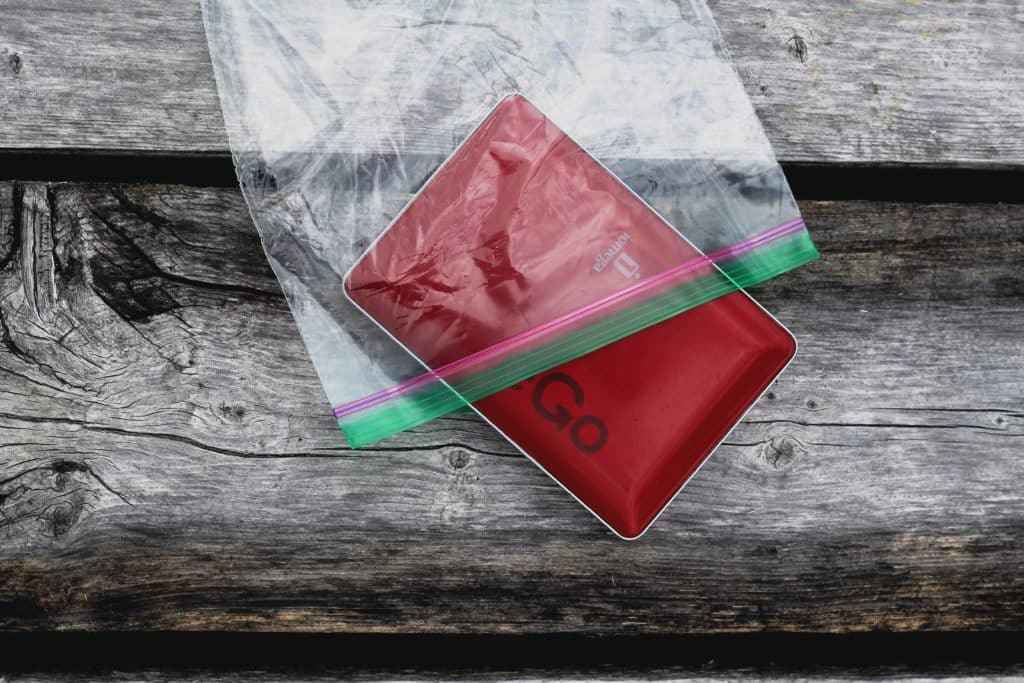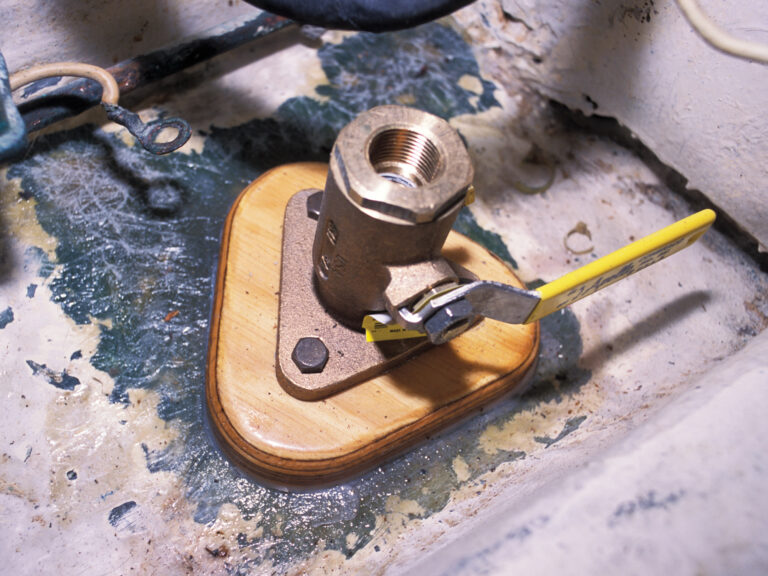
After a couple of months cruising in the Caribbean, I watched no fewer than three laptops bite the dust. The experience served as a prescient reminder that personal electronics are not designed for the rigors of sailing life. Laptops, tablets and smartphones take a beating in the marine environment.
Whether we use them for navigation or Netflix, the creeping convenience of these devices has forever changed our lives afloat. This makes it all the more important to ensure they’re in good working order. While ideally we’d all exclusively rely on marinised electronics, most sailors bring their nonmarinised landlubbing gadgets aboard, often because they cost less or simply for convenience. Fortunately, there are several inexpensive ways to prolong their life, from storing devices with silica gel packs to applying anti-corrosion sprays. With a bit of time invested and a trip to the hardware store, you’ll be well on your way to protecting your favorite electronics aboard.
Why Do Electronics Break Down on Boats?
Splashes and Submersion
In principal, pure H2O won’t harm electronics; it’s the impurities in water that do the damage. When certain polarized minerals are present, water acts as a conductor. So when your cellphone goes for a swim, the water bridges various circuits and fries the device.
Humidity and Corrosion
Even if you’ve never splashed or submerged your ship’s computer, chances are it’s dying a slower, more-insidious saltwater-related death. Salt water in the air finds its way into the device, corroding the protective seal and eventually the electrical connections. This can result in glitchy equipment with the potential to short out and produce a fire. This corrosion occurs regardless of whether the device is powered on or off at the time.
Bashes and Bumps
It’s a hard-knock life for electronic devices aboard (e.g., flying off a shelf, crushed in a locker, or dropped 7 feet into the dinghy), and generally manufacturers do not design them to withstand the abuse (particularly devices with moving components like spinning disk drives).

Tips for Protecting Your Electronic Devices
Now that we know what we’re up against, let’s look at several ways to combat splashes, bashes, salt and humidity.
Bag it: Your first line of defense is to cover, pad and, ideally, seal electronics. Sealable bags and containers are a great way to keep moisture out when storing electronics on the boat. For transporting devices in the dinghy, a dry bag is a must. You can easily line your dry bag with camp foam for added bump protection when carting around your laptop or electronics with delicate moving parts.
Foam is your friend: Keep a supply of foam on board for stowing and protecting devices. We chopped up the sleeves and legs of an old neoprene wetsuit and furnished ourselves with excellent protective foam tubes for an array of devices (not to mention a couple of beer koozies).
Put a plug in it: USB, FireWire, and other ports on your devices make it easy for water and particulates to get inside your electronics. You can either buy port plugs (amazon.com is a good place to start) or try making your own with two-part custom earplug putty (use a little mineral oil to prevent sticking).
It’s all in the wrist: So many innocent devices could have been spared misfortune with the proper application of a wrist strap. If your device didn’t come with a wrist strap, grab some string and add one.
Quick Tip: If you’re purchasing a new laptop to use primarily on your boat, consider upgrading to a solid-state drive, which can withstand shocks and vibration better than mechanical drives.
Zip ties: This tip comes from a submariner who noticed that onboard cables (e.g., USB, phone chargers, etc.) would break down where the wire meets the terminus, resulting in cracked protective coating and frayed wires. Create a 2-inch loop at each end of your cable and zip-tie this loop in place so that any shock in the cable is absorbed 2 inches down the wire, where it’s less susceptible.
Dry with desiccants: Put a couple of silica gel desiccant packs (the little bags you find in packing boxes) in your sealed electronics cases. The pack will absorb moisture in the air, thereby limiting corrosion in your device. Ask your local sports outfitter for their leftover desiccant packs from shipping, and they’ll often give you a whole bag for free. You can also rejuvenate packs by warming them in the oven.
Spray on a corrosion inhibitor: There are several corrosion-inhibiting sprays on the market that can be applied to your device circuit boards to help prevent corrosion and reduce the potential for short circuits (e.g., CorrosionX, TurboCoat, Boeshield T-9). They work by creating an insulating film that displaces water by either having a lower surface tension than water or through a process known as polar bonding. If you are considering this approach, contact the equipment’s manufacturer first to check for recommendations and to see if this will void any warranties.
Ruggedizing your electronics for the marine environment will not only save you money, but it will also increase your peace of mind. You can then get back to enjoying your favorite gadgets on the water and know that they’re protected.
In 2015 Fiona McGlynn and her partner, Robin, left Vancouver in their Dufour 35, MonArk, and are sailing to the South Pacific.








